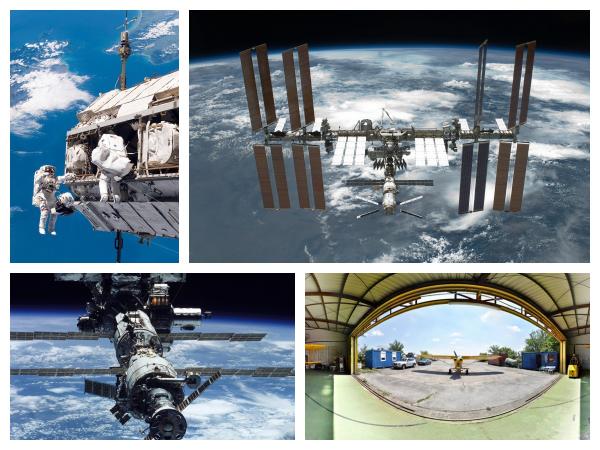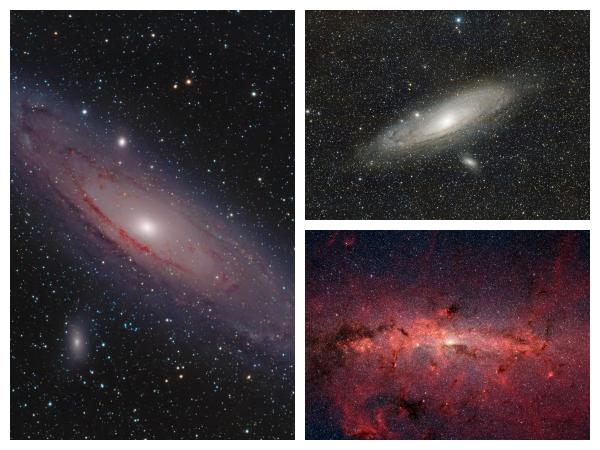What Are The Applications of Fisheye Lenses In The Aerospace Field?
Fisheye lenses are widely used in many fields, such as photography, military, aerospace, etc., due to their large field of view and unique imaging characteristics.
Fisheye lenses have an ultra-wide viewing angle. A single fisheye lens can replace multiple ordinary lenses, reducing the size and weight of the equipment. This is very important in the application of aviation equipment. In general, in the field of aerospace, the application of fisheye lenses mainly includes the following aspects:
Aerospace mission monitoring
Fisheye lenses can be used to monitor the process of aerospace missions, including the launch, flight and landing of spacecraft. By acquiring panoramic images, the mission execution process can be monitored in all directions, and potential problems can be discovered and dealt with in a timely manner.
For example, a high-temperature resistant fisheye lens is installed on the outside of the rocket body to capture the booster separation and fairing jettisoning process in real time; using multiple fisheye lenses to shoot in a surround manner can record panoramic images from rocket ignition to liftoff for fault backtracking; panoramic images taken by fisheye lenses can help the control system analyze and adjust the flight attitude of the spacecraft to ensure that it is stable and pointing in the right direction.
Panoramic imaging of spacecraft and space stations
Fisheye lenses are widely used in imaging systems of spacecraft and space stations because of their ultra-wide-angle characteristics, which can capture a wide range of scene information at one time and can be used to obtain high-resolution panoramic images. This lens can capture a wide range of scenes, including the activities of astronauts in the cabin and the overall view of the earth.
For example, images taken with a fisheye lens can be used to generate spherical panoramas, thereby achieving comprehensive observation and recording of the external environment of the spacecraft; China’s Tiangong space station uses fisheye lenses to monitor the experimental cabin, and the ground control center can simultaneously view the images without blind spots.
Fisheye lenses are often used in aerospace missions
Satellite positioning and navigation
Fisheye lenses can be used in the navigation and positioning systems of spacecraft to provide a panoramic view of the surrounding environment, which is essential for the precise positioning and path planning of spacecraft. With fisheye lenses, full-view coverage of the Earth’s surface can be achieved, providing accurate navigation information and real-time geographic data. With the image data provided by fisheye lenses, spacecraft can better understand their position in space and the surrounding environment, thereby improving the accuracy of navigation.
For example, during the spacecraft rendezvous and docking process, the fisheye lens can provide high-precision image matching and feature point detection, thereby assisting in completing complex navigation tasks.
Astronomical observation and star monitoring
Fisheye lenses are also widely used in astronomical observations. For example, deep space probes (such as Voyager) use fisheye lenses to take panoramic views of the Milky Way and locate the Earth; the Mars rover fisheye lens can take panoramic views of craters and assist in path planning; the space fisheye lens designed by the International Astrophysics Research Institute is used to observe the tail of a comet, with a field of view of up to 360°×180°, a working band of 550~770nm, and an effective focal length of 3.3mm. This lens can capture the radiation fluctuations of stars and provide accurate data support for scientific research.
Fisheye lenses are often used for astronomical observation tasks
Imaging requirements in special environments
Space fisheye lenses need to work in extreme space environments, and the design of fisheye lenses needs to consider factors such as radiation resistance, temperature changes, and air pressure fluctuations.
For example, a research team from the Chinese Academy of Sciences has developed a space fisheye camera that uses materials with good radiation resistance, such as quartz glass, and optimizes the optical system to adapt to the complexity of the space environment.
Aerospace imaging records
Fisheye lenses can also be used to record the entire process of aerospace missions for subsequent analysis and summary. The panoramic image recording can help engineers and decision makers better understand each link in the mission execution and provide experience for future aerospace projects.
In general, the application of fisheye lenses in the aerospace field can provide functions such as panoramic monitoring, mission surveillance and safety assurance, providing important support for the safe and smooth execution of aerospace activities.
Final Thoughts:
If you are interested in purchasing various types of lenses for surveillance, scanning, drones, smart home, or any other use, we have what you need. Contact us today to learn more about our lenses and other accessories.

